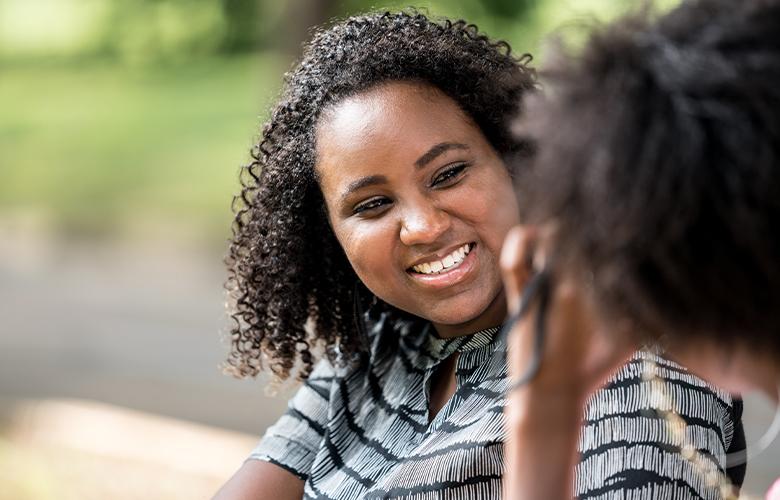
There was a time when I was growing up that we whispered about mental health much like my parents used to whisper about cancer during their formative years. My aunt had what my parents would describe as having “issues,” which were never openly talked about or defined. I imagine it wasn’t even clear to them what her issues were, just that she had “episodes” that they didn’t fully understand when other family members helped out with her children.
Conversations and depictions about mental health—between family members, friends, on the news, out of Hollywood—are, thankfully, now more open and honest than ever before. Yet there is still a long way to go. According to NIMH, “nearly one in five U.S. adults live with a mental illness,” and per the CDC, “more than 50% will be diagnosed with a mental illness or disorder at some point in their lifetime.” Additionally, in the wake of COVID-19, millions of people have uncovered new mental health conditions or have had their existing challenges exacerbated.
It is for these reasons that a coalition of nonprofits, brands, and influential leaders have joined together to launch the first Mental Health Action Day, May 20, with the theme “Take Action.” We must take action now to meet the needs of our communities and to build long-term resilience. Here are some steps:
- Find a therapist for yourself or someone you care about. One place to start is https://www.samhsa.gov/find-treatment.
- Share the National Suicide Prevention Lifeline number. This number is available 24 hours a day, 365 days a year: 800-273-8255 (TALK).
- Reach out to a friend. Connections to others is a critical protective factor in reducing anxiety and depression, especially after the isolation of the past year:
- Send a caring message letting someone know you are thinking about them.
- Offer to go with a friend or a relative to meet a therapist, then check in after the appointment to see how it went.
- Start a meditation practice. For example, mindfulness can reduce stress, improve problem-solving, and strengthen planning. Start teaching children mindfulness exercises at an early age.
- Take action to expand access to mental health care. Discuss your goals for treatment as you meet with new or current therapists. Ask questions about how they will help you meet your goals. Visit https://zerosuicide.edc.org/ for information about best practices in suicide prevention in health care settings.
Mental health is part of physical health. Let’s join together and ensure that mental health check-ups, whether formal or informal, become routine—for ourselves, with one another, and in our communities.
Julie Goldstein Grumet provides strategic direction to systems to improve the identification and treatment of people at risk for suicide. She has expertise in behavioral health transformation, state and local community suicide prevention, and quality improvement practices. |

Add new comment